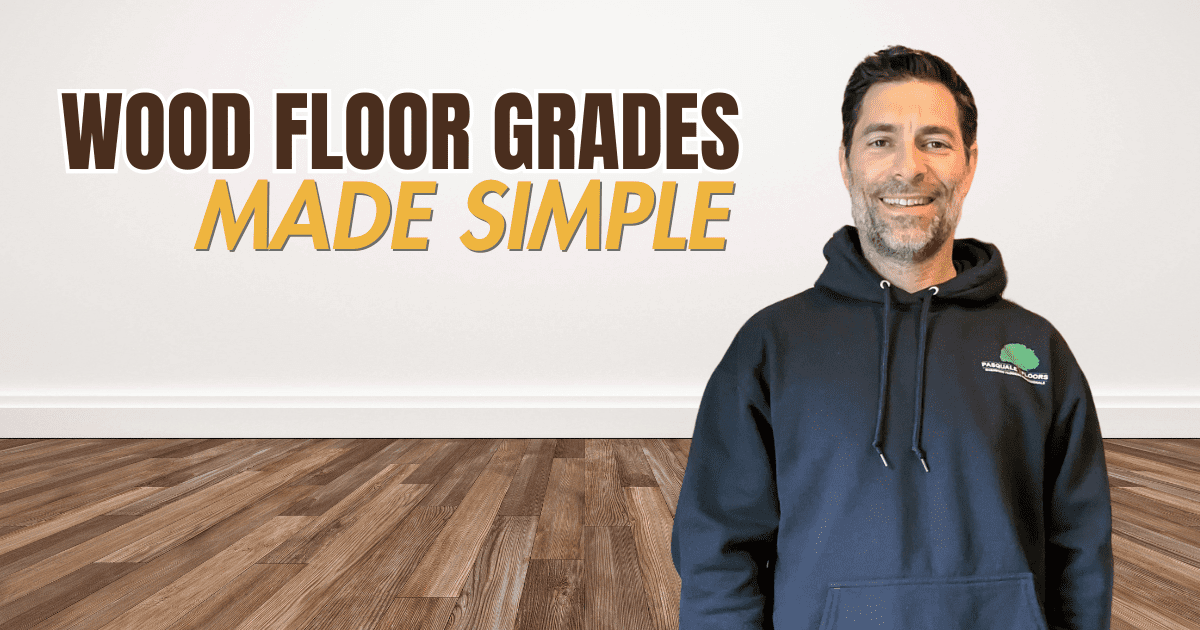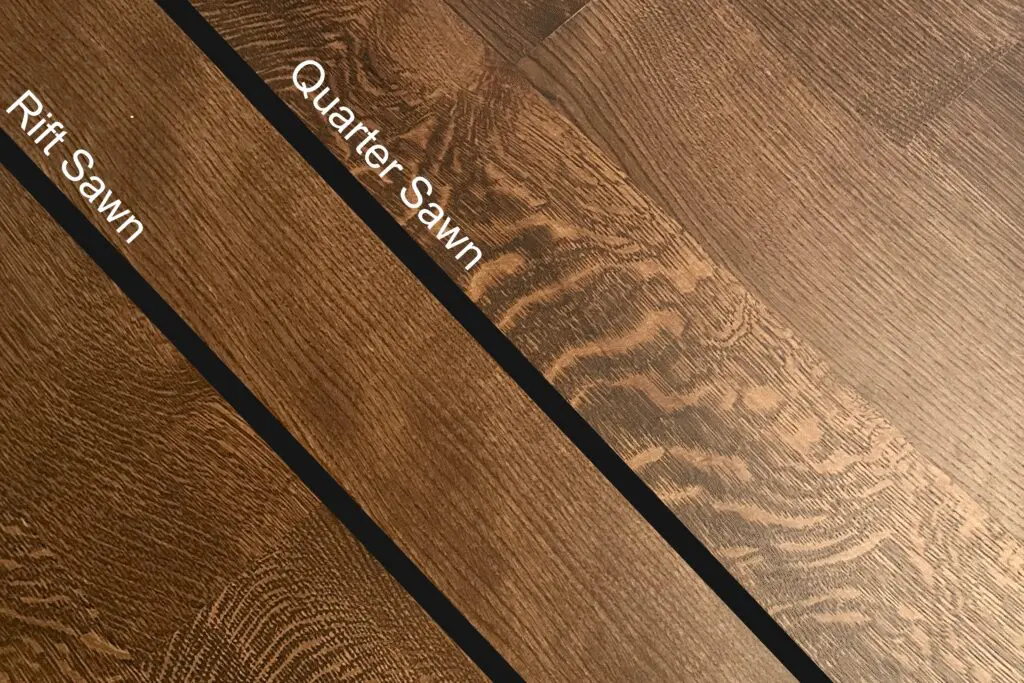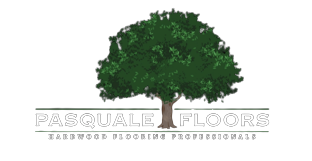
Wood Floor Grades and Cuts: A Simple Guide
Choosing the right hardwood flooring can feel overwhelming. Between wood grades and cutting styles, there’s a lot to consider. But don’t worry – we’ll break it down into simple terms that will help you make the best choice for your home and budget.
What Are Wood Grades?
Think of wood grades like grades in school – the higher the grade, the more “perfect” the wood appears. Let’s start at the top:
Clear/Select Grade is like the straight-A student of wood flooring. These boards look nearly perfect, with very few knots or color changes. The wood has a clean, uniform look that works beautifully in formal rooms or modern homes. Keep in mind that this top-grade wood comes with top-level pricing to match. ,
Select & Better Grade is still an excellent choice, just with a bit more personality. You’ll see some natural wood patterns and slight color changes, but it still maintains a refined look. Many homeowners choose this grade because it offers a great balance of beauty and value.
#1 Common Grade is where the wood really starts to show its natural character. You’ll notice more color variation, small knots, and mineral streaks – all the things that remind you this flooring came from real trees. This grade is perfect for homes that want a lived-in, natural feel without going too rustic. It’s also easier on the wallet than the higher grades.
Character Grade hardwood shows off all of nature’s unique marks in the wood, like knots, color changes, and natural patterns. These floors tell a story through their rustic look, making them perfect for homes that want something with real personality. Don’t think these marks mean lower quality – character grade floors are just as strong as other grades, they just show more of wood’s natural beauty. They’re especially popular in farmhouse-style homes where natural charm is welcome.
How Wood is Cut Matters
The way wood is cut from the log affects how it looks on your floor. Here are the main types:
Plain/Flat Sawn is the most common and budget-friendly way to cut hardwood. You’ll recognize it by the sweeping, cathedral-like patterns in the wood – those classic swirls and peaks that make wood floors so beautiful. These patterns show up naturally when the sawmill cuts across the tree’s growth rings. This method also allows for wider planks and gives floors that timeless, traditional look that most people love.

Quarter Sawn costs more but offers some unique benefits. The wood is cut to show straight grain patterns and sometimes displays beautiful flecks, especially in oak. These floors tend to stay more stable when humidity changes, which means less expanding and shrinking over time.
Rift Sawn creates the most consistent look, with clean, straight grain patterns. While it’s the most expensive option, it’s popular in modern homes where a sleek, uniform appearance is desired.

Making the Right Choice for Your Home
When picking your floors, think about:
Your Lifestyle: Do you have kids or pets? A lower grade wood with more natural marks might be better at hiding scratches and dents. Are you going for a formal look? Then a higher grade might be worth the extra cost. ,
Your Budget: Remember that clear grade wood can cost 25-40% more than #1 Common. The cutting style affects price too – plain sawn is most affordable, while rift and quarter sawn cost more. ,
Room Location: Different rooms have different needs. For example, kitchens might benefit from quarter-sawn wood’s stability against moisture, while bedrooms might be fine with any cutting style.
Keeping It Looking Good
Here’s a helpful tip: floors with more natural features (like those in #1 Common grade) are usually easier to maintain because they hide small scratches and wear better than the perfect-looking clear grade floors. Think of it like a leather jacket that looks better with age versus a pristine white shirt that shows every mark. ,
The Bottom Line
Whether you choose the flawless look of clear grade or the natural charm of #1 Common, the best floor is the one that fits your lifestyle and budget. Don’t get too caught up in technical details – focus on how the floor looks and feels to you, and whether it matches your home’s style. After all, you’re the one who’ll be living with and loving these floors for years to come.
